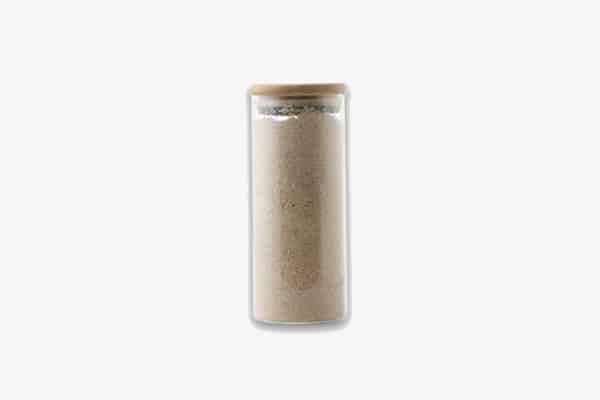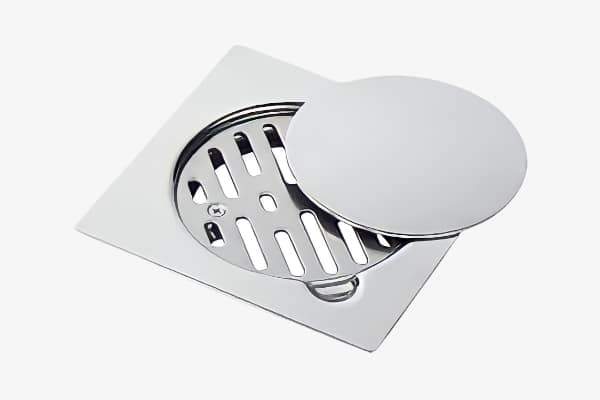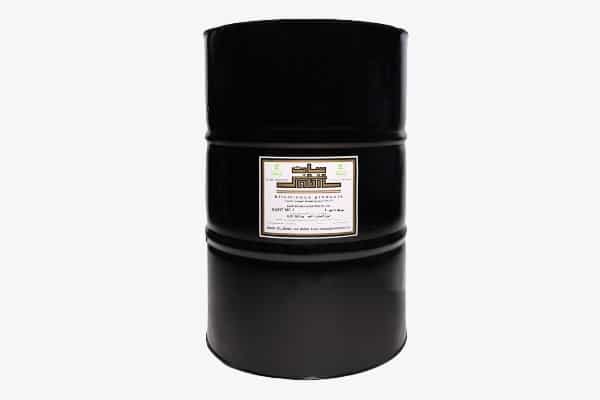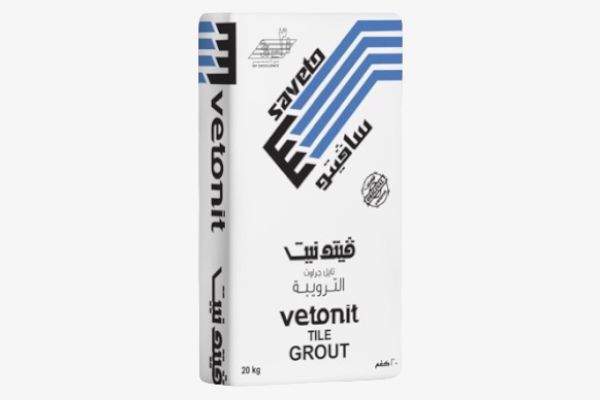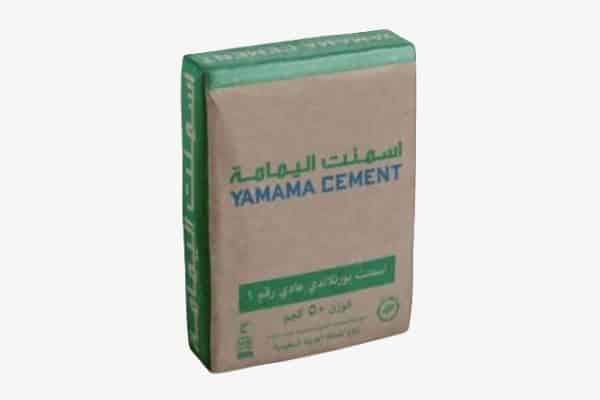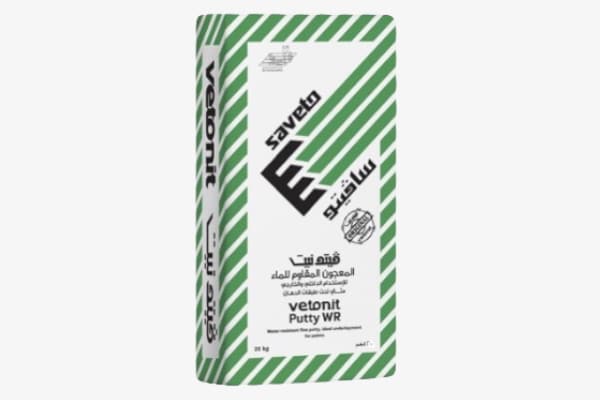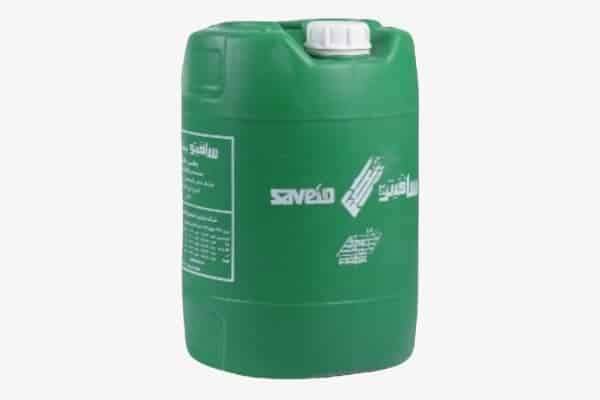Overview:
Dossary sand is a high-quality type of sand known for its fine texture and excellent purity. It is widely used in construction, plastering, and masonry work due to its smooth consistency and superior bonding properties. This type of sand is often preferred for high-end finishing applications where uniformity and strength are essential.
Why You Should Use It:
- High Purity: Contains minimal impurities, ensuring a smooth finish.
- Excellent Bonding: Enhances adhesion in mortar and plaster applications.
- Uniform Particle Size: Provides consistent texture for superior finishes.
- Multi-Purpose Use: Suitable for concrete, masonry, and rendering.
- Low Shrinkage: Reduces the risk of cracks in plaster and concrete.
Key Features:
| Property | Description |
|---|---|
| Color | Light beige |
| Grain Size | Fine and uniform |
| Moisture Content | Low to moderate |
| Composition | High silica content |
| Impurities | Minimal organic and clay content |
Uses:
- Plastering & Rendering: Ensures smooth, crack-free finishes.
- Concrete Production: Enhances strength in concrete mixes.
- Masonry Work: Provides solid bonding for bricks and blocks.
- Tile Bedding: Ideal for laying tiles with high precision.
- Landscaping: Used in decorative and leveling applications.
Density & Composition:
| Factor | Value |
|---|---|
| Bulk Density | 1400–1600 kg/m³ |
| Silica Content (SiO₂) | 85%–95% |
| Clay & Silt Content | < 3% |
| Moisture Absorption | Low to moderate |
Case Studies:
- Luxury Villas: Used for high-end plastering with seamless finishes.
- Commercial Skyscrapers: Ensures structural integrity in concrete mixes.
- Historical Restorations: Provides durability and authenticity in renovations.
Application Recommendations:
- Proper Mixing Ratio: Use appropriate cement-sand ratios for different applications.
- Surface Preparation: Ensure the surface is clean and damp before applying mortar.
- Gradual Water Addition: Prevents excessive shrinkage and cracking.
- Compaction & Curing: Properly compacted and cured sand layers enhance durability.

